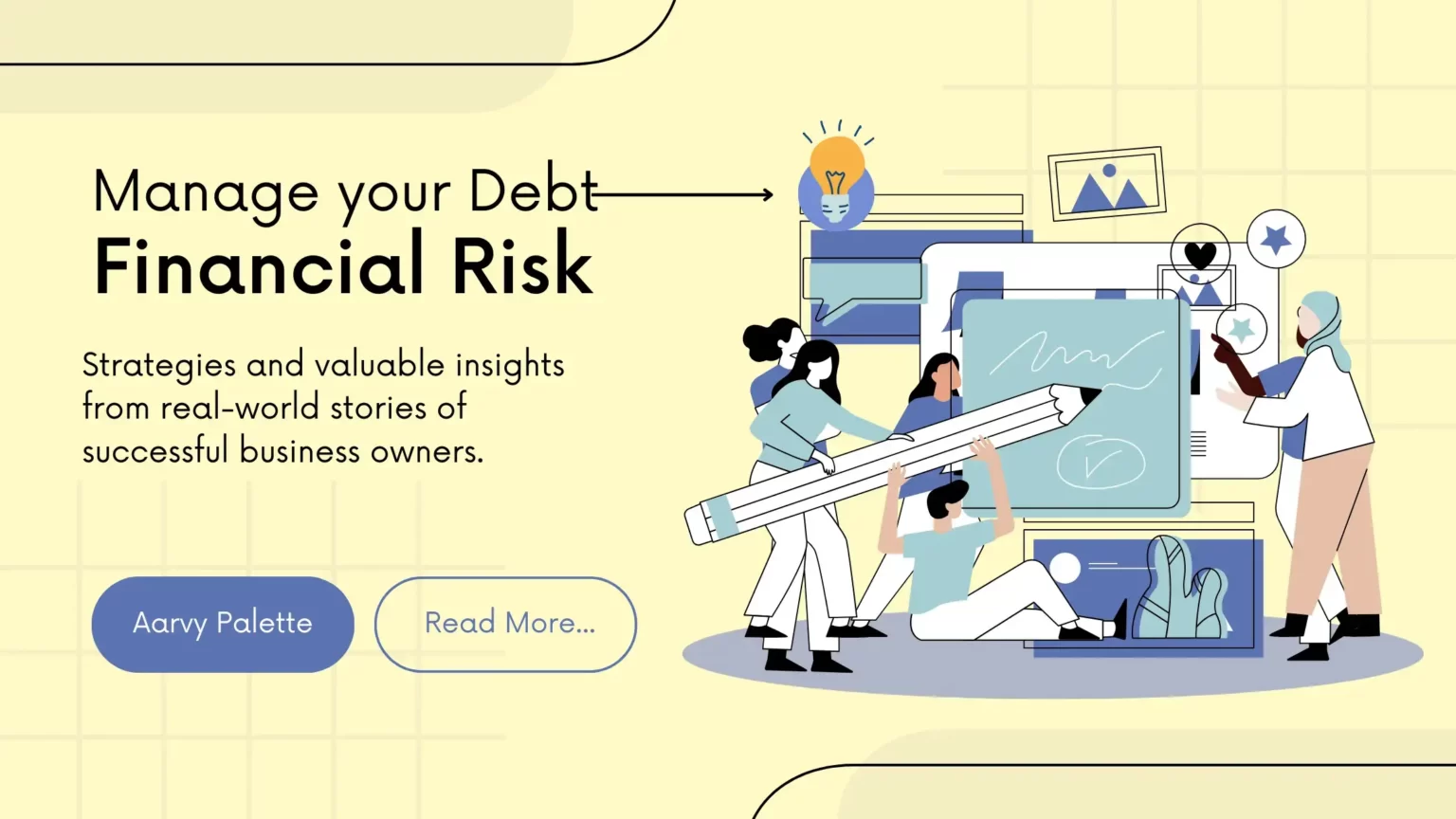Financial Risk and Debt are two major challenges that are faced by small businesses. When managed effectively, debt can be a big tool to help businesses grow and expand. However, if not managed properly, debt can quickly become a burden and lead to financial problems.
Financial risk is the possibility of experiencing financial losses. Financial risk can occur through various factors like economic downturns, changes in customer demand, and natural disasters. By learning about different types of financial risk and taking steps to overcome them, small businesses can protect themselves from
Financial risk is the possibility of experiencing financial losses. It can be caused by various factors, including economic downturns, changes in customer demand, and natural disasters. By understanding the different types of financial risk and taking steps to mitigate them, small businesses can protect themselves from financial losses and ensure their long-term success.

We have a few real-time examples, of how small business owners have done their financial planning and how few of them have overcome the burden of their lost income. Let’s see how their story goes:
John Peter is one of the small business owners. He faced the challenge of managing debt and safeguarding his business from financial risks. To address these risks, He researched various debt management strategies and risk assessment tools to reduce the probability of getting into debt. On top of that, he sought advice from fellow entrepreneurs and financial advisors.
Strategies for Debt Management
First thing, John concentrated on his business debts which is pulling him back from gaining success. There are a number of strategies that small businesses can use to manage their debt effectively.
These include:
- Creating a budget and cash flow statement: This will help you to track your income and expenses and identify any areas where you can cut back.
- Prioritizing debt repayment: Focus on paying off your highest-interest debt first. This will save you money in the long run.
- Refinancing your debt: If you have good credit, you may be able to refinance your debt at a lower interest rate. This can reduce your monthly payments and make it easier to manage your debt.
- Consolidating your debt: If you have multiple debts, you may be able to consolidate them into a single loan. This can simplify your debt repayment process and make it easier to track your progress.

The next solution in his thought is risk management for his future business plan. Below are a few risk management strategies that he considered to implement in his business:
The first step in mitigating financial risk is to identify the different types of risk that your business faces. Once you have identified the risks, you can assess the likelihood of each risk occurring and the potential impact on your business.
Some of the most common types of financial risk faced by small businesses include:
- Credit risk: This is the risk of customers or suppliers failing to pay their debts.
- Liquidity risk: This is the risk of not having enough cash to meet your short-term obligations.
- Market risk: This is the risk of losses due to changes in market prices, such as interest rates, exchange rates, and commodity prices.
- Operational risk: This is the risk of losses due to internal factors, such as employee fraud, system failures, and natural disasters.

As the final strategy, he chose to protect his business assets by buying insurance. Here are the few tips he followed while buying the insurance:
Insurance can help to protect your business from financial losses due to a variety of risks. Some of the most common types of business insurance include:
- Liability insurance: This protects your business from claims alleging negligence or other wrongdoing.
- Property insurance: This protects your business from losses due to damage to your property, such as fire, theft, and weather events.
- Business interruption insurance: This covers lost profits and other expenses incurred if your business is unable to operate due to a covered event.
His solution involved managing his debts, assessing the possibility of risks, and acquiring business insurance to protect his business from potential business losses. Additionally, These actions provided him with peace of mind, allowing him to concentrate on business growth.
Conclusion
Managing business debt and financial risk is essential for small businesses. By following the strategies discussed in this blog post, small businesses can protect themselves from financial losses and ensure long-term success.
Follow Aarvy Palette for more such interesting content. Subscribe to us in all social media to keep in touch. Check out our previous blog to find mind blowing facts about your financial future!
Like this page ? share it with your friends !
- All
- Beauty & Fashion
- Finance
- Fitness
- Health
- Personal Finance
The 5 Simple Steps Everyone Should Take to Take Control of Their Personal Finances

Why Am I So Stressed? How to Reduce Stress in 10 Minutes and Long-Term Strategies

Korean skincare products that beauty experts love- 2024

Are you emotionally strong? 6 tips to become emotionally strong

How to Manage Business Debt and Financial Risk for Small Businesses – part 5

How to Lose Weight with Yoga at Home for Women: A 28-Day Challenge for Beginners